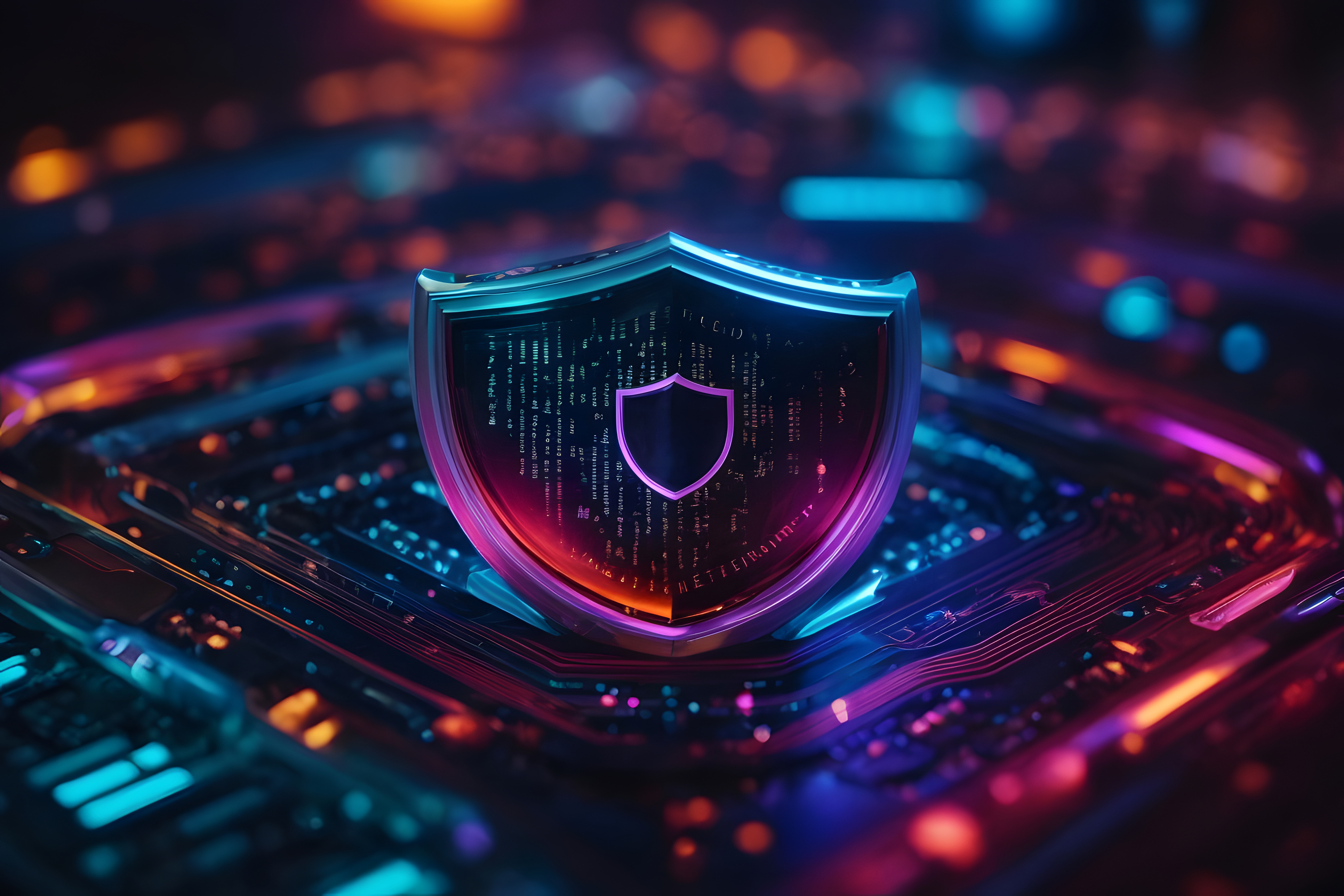In the digital epoch, identities have transcended simple identifiers like names and faces, evolving into complex constructs woven with personal data, behavioral attributes, and digital interactions. Enterprises must effectively manage this expanding identity paradigm as they navigate the intricacies of digital transformation.
Usernames and passwords are no longer sufficient for digital identity management (DIM). Biometrics, multi-factor authentication (MFA), and blockchain-based identity verification are now all part of this growing trend, driven by the ongoing search for enhanced security in an increasingly cyber-threatened environment.
However, the expansion of DIM brings its own set of challenges. Enterprises often grapple with fragmented identity systems, a result of deploying numerous applications, each with its distinct identity management protocols. This fragmentation not only disrupts user experiences but also impairs operational efficiency, creating significant hurdles for IT teams tasked with maintaining consistent identity governance across diverse platforms.
In the face of these challenges, strategic insight becomes indispensable for enterprises. Successfully navigating the intricacies of DIM is crucial. Businesses that excel in this area will not only enhance their security posture but also significantly improve user experiences and seamlessly adapt to future technological innovations.
Against the backdrop of this evolving landscape, identity fabric emerges as a key solution to the challenges of DIM. Identity fabric isn’t a mere flash in the pan. It extends far beyond temporary fixes to deliver a holistic approach to identity management through thoughtfully designed architecture. By integrating various identity and access management (IAM) tools into a seamless tapestry, identity fabric moves beyond traditional, isolated frameworks. By eliminating fragmentation barriers, identity fabric enables a fluid and cohesive flow of identities across different platforms, applications, and devices. This approach, both unified and streamlined, not only strengthens security and operational efficiency but also fosters an environment of trust, an essential aspect of today’s interconnected world.
Building a culture of trust
Trust is the bedrock of successful business relationships, underpinning the basis for customer and stakeholder engagement. This critical element of trust extends into the realm of digital interactions, where the assurance of both security and authenticity are of utmost importance. The digital identity of individuals or entities plays a pivotal role in these interactions, acting as a key factor in either establishing or diminishing trust. In today’s digital ecosystem, where identities are increasingly vulnerable to malicious activities, effectively managing and securing these identities is vital for sustaining and amplifying trust.
Identity fabric stands out as more than just a solution architecture; it acts as a driving force in cultivating a culture of trust within digital interactions. Its introduction marks a significant step forward in reinforcing this trust by leading the way in enabling safer, more efficient, and transparent management of digital identities. Through its well-considered design, it ensures smooth integration amongst different identity solutions, streamlines the governance of identities, and boosts operational efficiency—all essential elements in nurturing trust.
The cohesive identity management ecosystem created by identity fabric significantly diminishes the risk of cyber threats, strengthening the overall security framework of enterprises. This improvement in security goes beyond technical enhancement; it’s a vital step in building trust. When stakeholders are confident that their identities are managed both securely and efficiently, a natural sense of trust develops.
Identity fabric plays a key role in aiding enterprises to effectively navigate the complexities of regulatory compliance for data security, which is crucial in establishing trust. Adhering to data privacy laws is more than a legal obligation; it signals an enterprise’s commitment to protecting stakeholder data.
The refined user experience enabled by identity fabric is essential in cultivating trust. By simplifying the authentication process, it not only makes the user experience more seamless but also demonstrates an enterprise’s awareness of and attention to user convenience – a key factor in fostering trust.
Finally, the forward-thinking ethos of identity fabric, encouraging enterprises to adopt a unified and proactive approach in managing digital identities, underscores a commitment to trust-centered digital identity management. This anticipatory strategy reflects an enterprise’s dedication to meeting current challenges while also preparing for future developments, further enhancing trust among stakeholders.
Fortifying digital battlements
In today’s digital era, enterprise security has evolved from a mere technical requirement to an essential business strategy. The increasing digital interactions and consequent data generation pose both opportunities and challenges. On one hand, they drive business processes and customer engagement. On the other hand, they expose businesses to an array of cybersecurity threats like data breaches, identity theft, and phishing attacks. These risks are further intensified by fragmented identity systems and varied identity and access management (IAM) tools, leading to increased vulnerabilities and sluggish responses to security incidents, thereby risking the overall security posture of enterprises.
In this scenario, identity fabric offers a comprehensive approach to identity management, acting as a defense mechanism against the diverse threats in the digital environment. By integrating various IAM tools into a cohesive framework and creating a unified identity management ecosystem, identity fabric substantially minimizes potential security breaches. Its standards-based connector framework allows for smooth integration between different identity systems, enhancing access control and making it difficult for cybercriminals to find and exploit weaknesses.
The superior visibility and control provided by identity fabric play a crucial role in anticipating and preventing security threats. With its clear insight into access privileges and streamlined authentication processes, it enables enterprises to maintain tighter control over their digital resources. This proactive management of access rights not only reduces the risk of unauthorized entry but also aids in quick detection and response to security incidents, vital for limiting damage and maintaining enterprise security.
Additionally, identity fabric’s adaptability in incorporating emerging technologies like blockchain, AI, and machine learning into its framework is a significant boon for enterprise security. This integration capability allows for the implementation of advanced security measures, including real-time threat monitoring, predictive threat detection analytics, and data encryption.
Reflecting again on the notion of cultivating a culture of trust, the security assurance provided by identity fabric is integral. When stakeholders are confident in the secure management of their digital identities, and enterprises are equipped to counter threats efficiently, an environment conducive to both trust and security is established.
Identity fabric’s unified approach to identity management represents a key strategic tool for enterprises to address the primary challenges of digital identity management. By creating a secure and trustworthy environment, identity fabric equips enterprises to face the volatile digital world confidently, ensuring both resilience and continuity in a landscape frequently disrupted by threats.
Adapting to the future
As enterprises progress deeper into the digital era, the continuous evolution of digital identity management (DIM) is of paramount importance. The landscape is marked by emerging trends like decentralized identity, blockchain-based authentication, and the incorporation of artificial intelligence (AI) and machine learning (ML) in identity verification and fraud detection. These developments offer promising prospects for heightened security, privacy, and a more user-focused approach to identity management. However, they also bring challenges such as integrating these new technologies into existing frameworks, ensuring the scalability of identity management solutions, and maintaining compliance within this rapidly changing tech environment.
In this dynamic context, adopting a versatile and adaptable identity management framework like identity fabric is a strategic move for enterprises. Crafted with foresight, identity fabric’s abstraction layer is key to its scalability and smooth integration of emerging technologies, allowing enterprises to seamlessly incorporate innovations like blockchain, AI, and ML into their identity management systems, thereby keeping pace with advances in security and identity management.
The cohesive and integrated approach of identity fabric lays a solid foundation for enterprises to adapt and evolve with the changing digital identity landscape. Its standards-based connector framework enables smooth coordination between various identity solutions, ensuring agility and responsiveness as new trends and technologies emerge in identity management.
This adaptability and forward-thinking design of identity fabric are crucial in continuing the themes of cultivating trust and reinforcing enterprise security. An adaptable identity management framework not only bolsters security but also engenders trust amongst stakeholders, who recognize the enterprise’s ability to skillfully navigate technological advancements while safeguarding the security and privacy of digital identities.
The final stitch
In the intricate pattern of today’s digital landscape, where the threads of enterprise security and individual identity are intricately interlaced, identity fabric serves as a visionary blueprint for the future. It reinforces the notion that trust is the most valuable currency in the digital realm, and that safeguarding this trust through robust security measures is paramount.
As enterprises continue to navigate the ever-evolving challenges of digital identity management, the principles embedded in identity fabric offer a beacon of guidance. By adopting this unified, adaptive approach, organizations can not only protect their digital assets but also cultivate a culture of trust that resonates with customers, stakeholders, and employees alike. Ultimately, embracing identity fabric is not just a smart move—it’s an essential step towards forging a resilient, trusted, and secure digital future.







